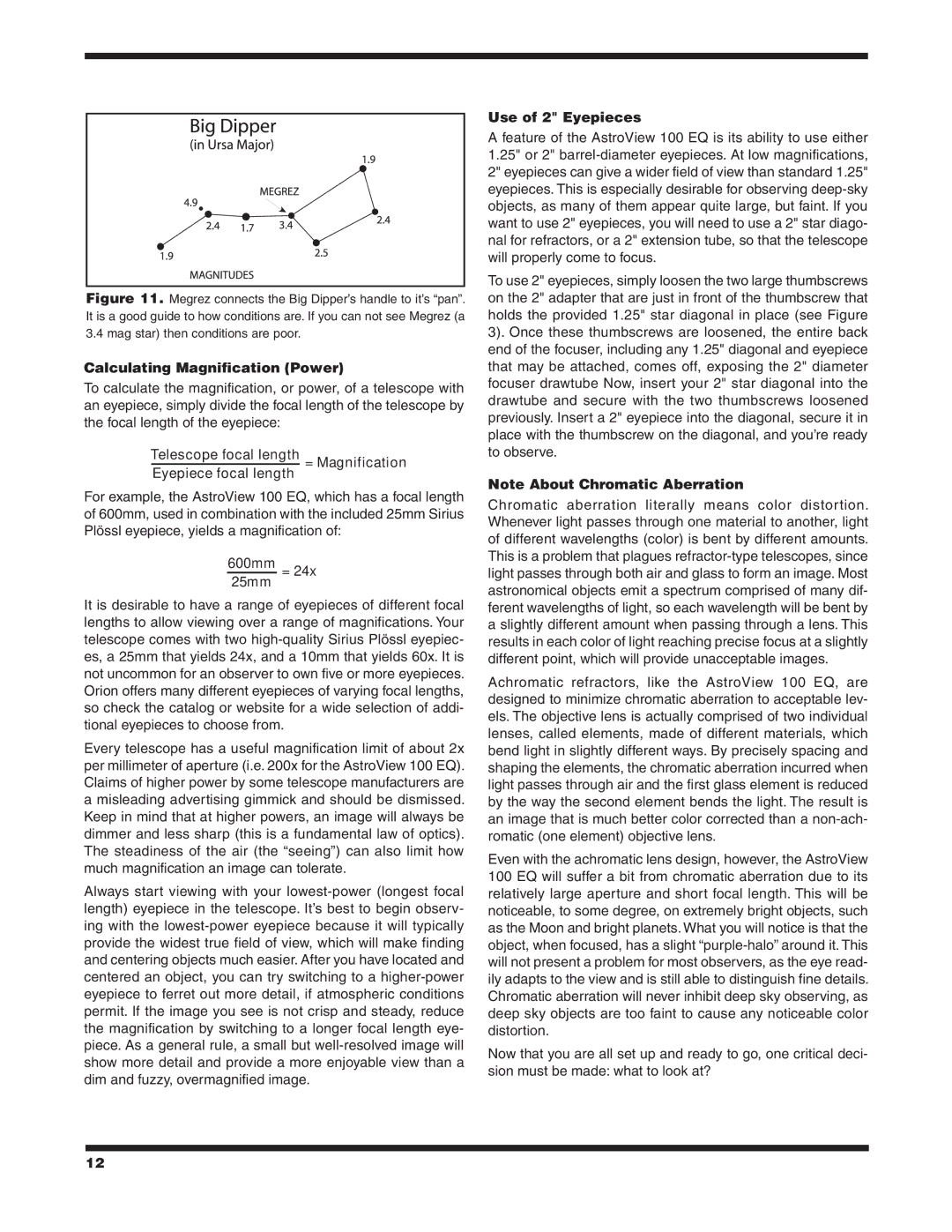
Figure 11. Megrez connects the Big Dipper’s handle to it’s “pan”. It is a good guide to how conditions are. If you can not see Megrez (a 3.4 mag star) then conditions are poor.
Calculating Magnification (Power)
To calculate the magnification, or power, of a telescope with an eyepiece, simply divide the focal length of the telescope by the focal length of the eyepiece:
Telescope focal length = Magnification
Eyepiece focal length
For example, the AstroView 100 EQ, which has a focal length of 600mm, used in combination with the included 25mm Sirius Plössl eyepiece, yields a magnification of:
600mm25mm = 24x
It is desirable to have a range of eyepieces of different focal lengths to allow viewing over a range of magnifications. Your telescope comes with two
Every telescope has a useful magnification limit of about 2x per millimeter of aperture (i.e. 200x for the AstroView 100 EQ). Claims of higher power by some telescope manufacturers are a misleading advertising gimmick and should be dismissed. Keep in mind that at higher powers, an image will always be dimmer and less sharp (this is a fundamental law of optics). The steadiness of the air (the “seeing”) can also limit how much magnification an image can tolerate.
Always start viewing with your
Use of 2" Eyepieces
A feature of the AstroView 100 EQ is its ability to use either 1.25" or 2"
To use 2" eyepieces, simply loosen the two large thumbscrews on the 2" adapter that are just in front of the thumbscrew that holds the provided 1.25" star diagonal in place (see Figure 3). Once these thumbscrews are loosened, the entire back end of the focuser, including any 1.25" diagonal and eyepiece that may be attached, comes off, exposing the 2" diameter focuser drawtube Now, insert your 2" star diagonal into the drawtube and secure with the two thumbscrews loosened previously. Insert a 2" eyepiece into the diagonal, secure it in place with the thumbscrew on the diagonal, and you’re ready to observe.
Note About Chromatic Aberration
Chromatic aberration literally means color distortion. Whenever light passes through one material to another, light of different wavelengths (color) is bent by different amounts. This is a problem that plagues
Achromatic refractors, like the AstroView 100 EQ, are designed to minimize chromatic aberration to acceptable lev- els. The objective lens is actually comprised of two individual lenses, called elements, made of different materials, which bend light in slightly different ways. By precisely spacing and shaping the elements, the chromatic aberration incurred when light passes through air and the first glass element is reduced by the way the second element bends the light. The result is an image that is much better color corrected than a
Even with the achromatic lens design, however, the AstroView 100 EQ will suffer a bit from chromatic aberration due to its relatively large aperture and short focal length. This will be noticeable, to some degree, on extremely bright objects, such as the Moon and bright planets. What you will notice is that the object, when focused, has a slight
Now that you are all set up and ready to go, one critical deci- sion must be made: what to look at?
12
